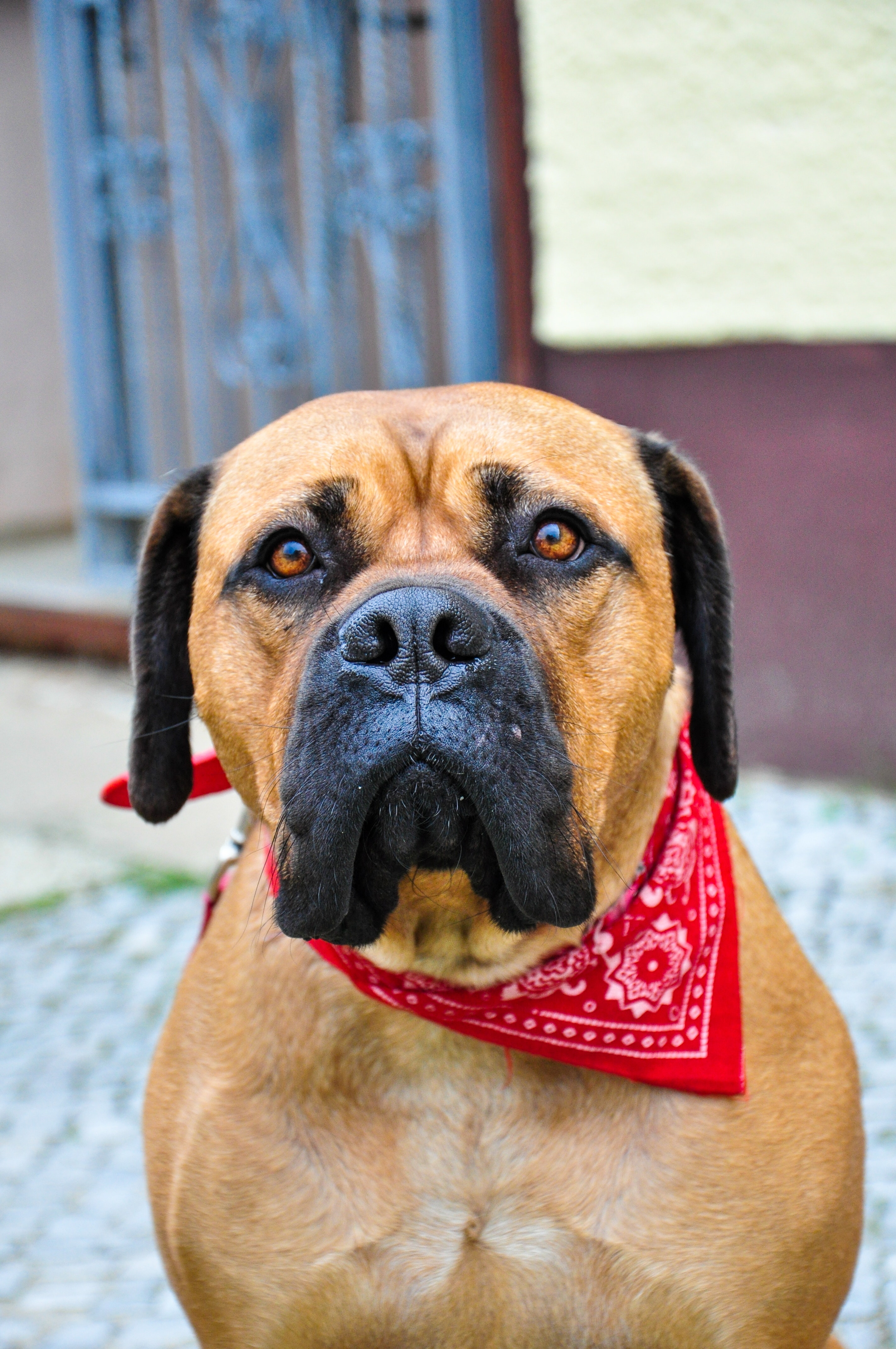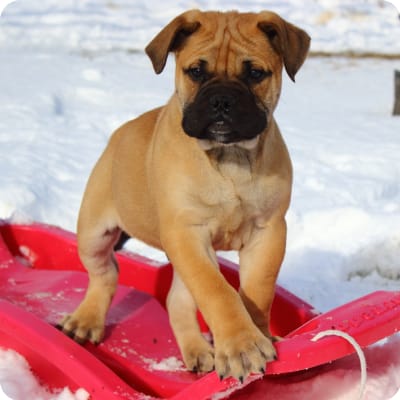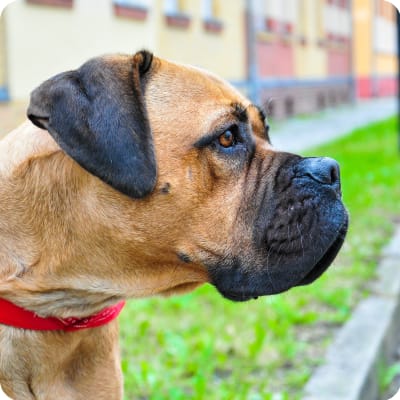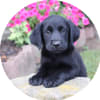Bullmastiff Puppies

The Confident and Loyal Bullmastiff
Compared to other dog breeds, the Bullmastiff is relatively new. It didn't originate until the 19th century, when it was formed by English gamekeepers to be used as a watchdog. Due to their past, Bullmastiffs are confident and loyal, and they are very protective of their families.
Bullmastiff At a Glance




Bullmastiff At a Glance
- Size: 24"-27", 100-130 lbs.
- Lifespan: 7-9 years
- Energy Level: low
- Coat: Short and dense
- Shedding: moderate
- Hypoallergenic: No
- Dog Group: Working
- Common Nicknames: Game Keepers Night Dog
Bullmastiff Breed Guide
Learn More About Bullmastiffs


